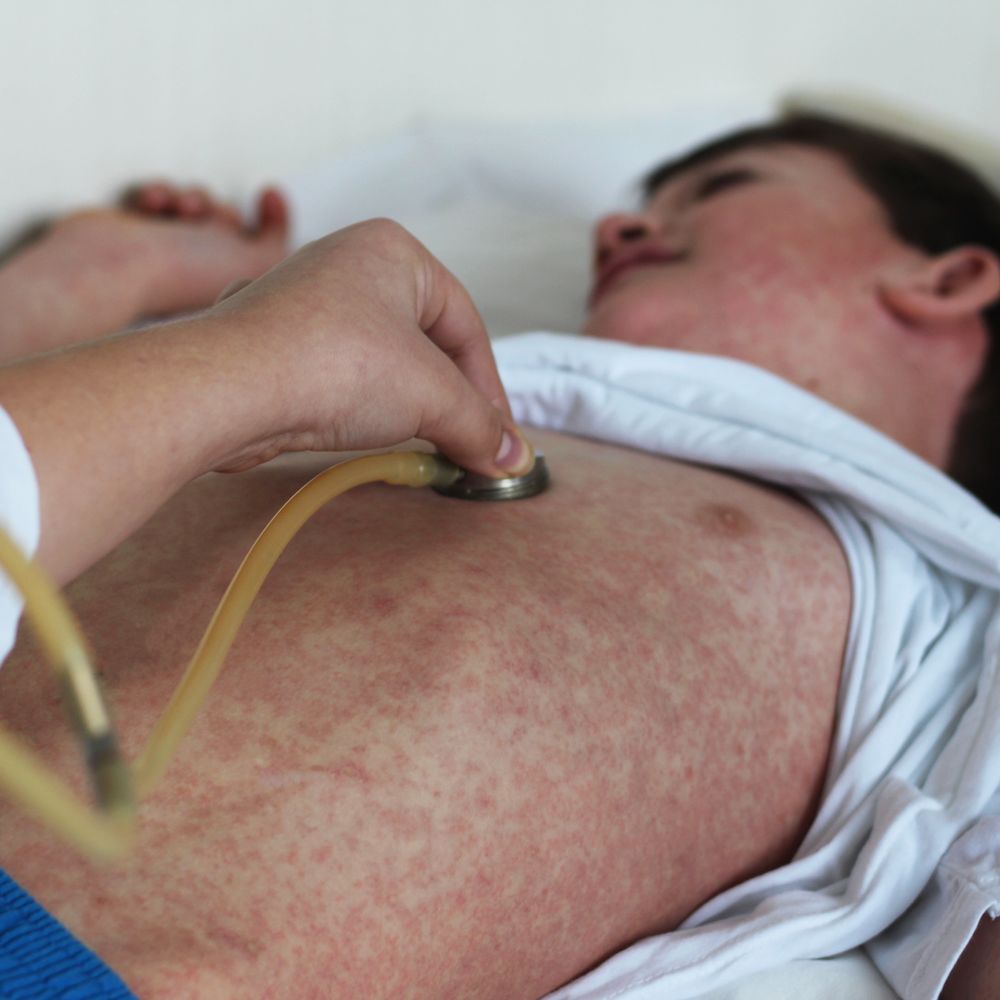This Saturday (27) was celebrated as National Day to Combat Cancer. In Amazonas, according to the National Cancer Institute (Inca), the cancer cases that most affect the population are those of the cervix and prostate. Cervical oncology cases in the state totaled 700 and prostate cancer 480 in 2020. Other more common cases in Amazonas are breast, stomach, and female breast cancer.
Also according to the National Cancer Institute, Amazonas registers 5,400 new cases per year.

According to the Amazonas State Oncology Control Center Foundation (Fcecon), the risk factors for the development of cancer are found in nature or inherited. 80% is linked to the environment (water, air, and land), the occupational environment (chemical industries), consumption environment (medicines), and the social and cultural environment (lifestyle).
The changes caused in the environment by the man himself, the ‘habits’ and the ‘lifestyle’ adopted by people, can determine different types of cancer.
- smoking
- Eating habits
- Alcoholism
- sexual habits
- Medicines
- Occupational Factors
- Solar radiation
Heredity
Hereditary cancer cases are rare, even though the genetic factor plays a key role in cancer development.
Some types of breast, stomach, and bowel cancer seem to have a strong familial component, although family members’ exposure to a common cause cannot be ruled out. Certain ethnic groups seem to be protected from certain types of cancer: lymphocytic leukemia is rare in Orientals, and Ewing’s sarcoma is very rare in blacks.
Prevention and diagnosis
Fcecon informs that the best way to prevent cancer is healthy eating, exercise, and routine exams.
The orientation for the entire population is to seek, annually, care in Basic Health Units (UBSs) closer to their homes, where men and women are examined and referred for routine examinations, as indicated by age group or state of health. It is not necessary to wait for a health problem to receive care. Ideally, the population should perform routine exams without any symptoms.




